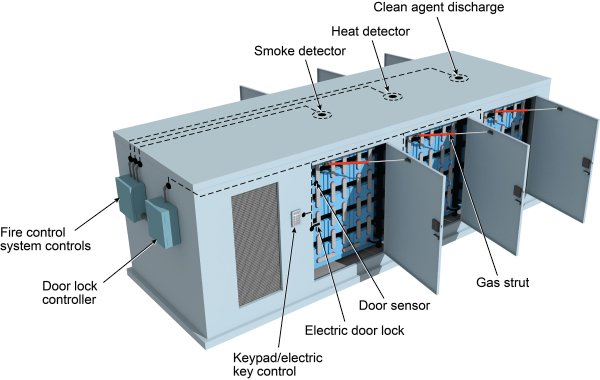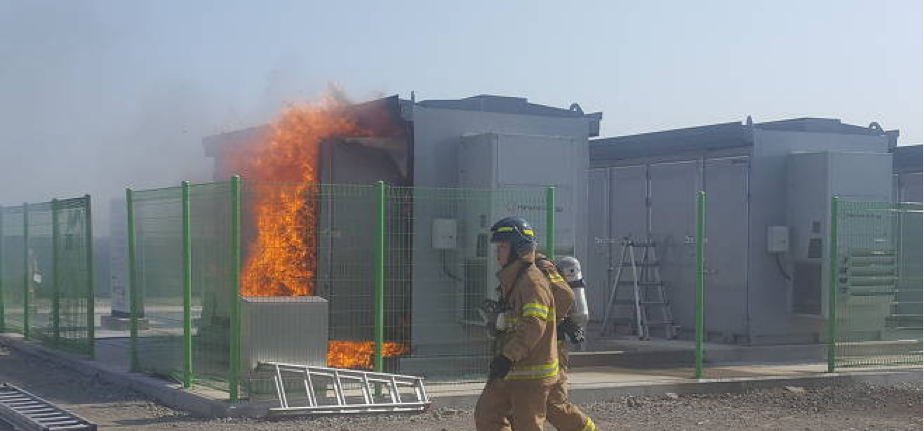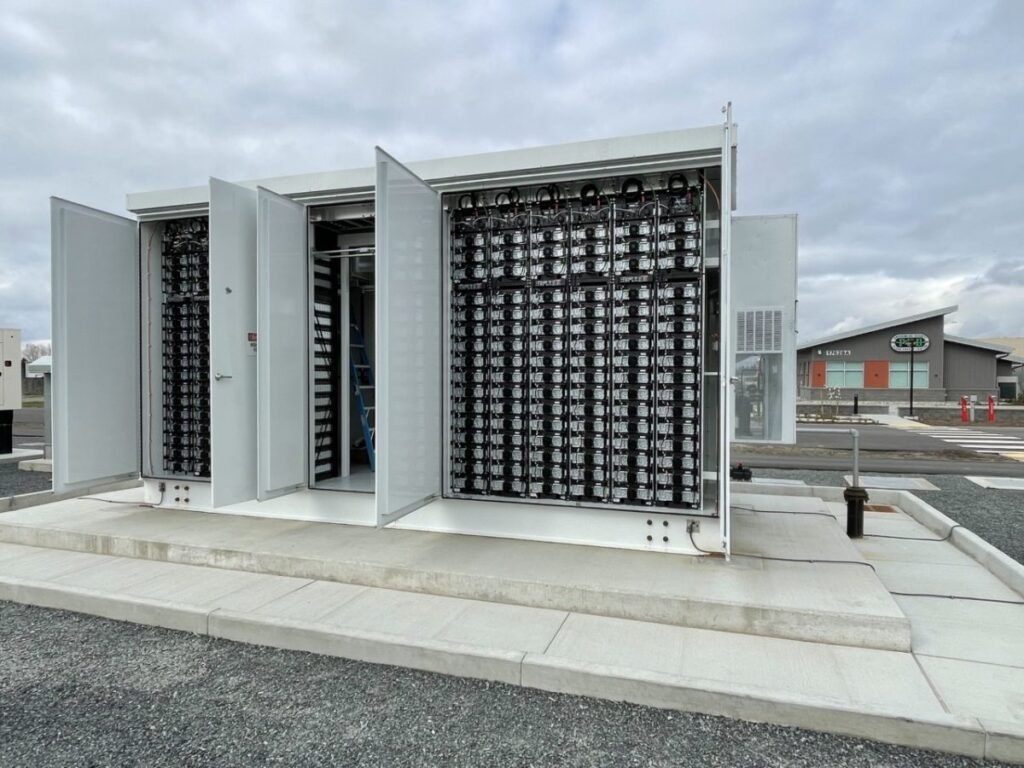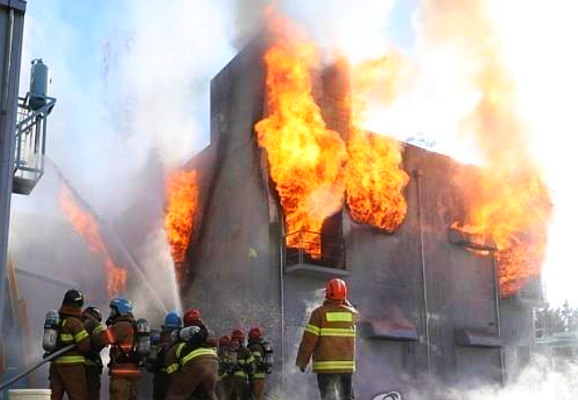A deceptively simple sensor system called Intellivent is developed at the U.S. Department of Energy’s Pacific Northwest National Laboratory (PNNL) which can prevent dangerous conditions from developing in outdoor battery cabinets.

Supported by DOE’s Office of Electricity, IntelliVent is designed to be installed in cabinet-style battery enclosures, which are becoming common for stationary grid energy storage.
IntelliVent responds to smoke, heat, or gas alarms in the battery enclosure and automatically opens cabinet doors to prevent buildup of flammable gases.

When a lithium-ion battery reaches a critical temperature, the liquid electrolyte inside the battery can vaporize and release toxic, flammable gases including hydrogen, carbon monoxide, methane, and propylene.
This process is called thermal runaway.
“Depending on the size of the cell, these gases can come out at very high volume, very quickly, and can lead to fire or even an explosion. The PNNL developed IntelliVent innovation for cabinet-style battery enclosures, vent’s these gases from the cabinet interior at the first sign of explosion risk.”

Getting all doors open early before gas buildup will make the incident safer. It will also increase situational awareness by being able to see if the batteries are smoking or are on fire.
And, if extinguishing is needed, one can direct the water right at the modules from a safe distance.
The technology reduces the risk of explosions at battery installations, which can damage property or endanger lives. Firefighters and utility personnel are at particularly high risk in these hazardous situations.
Reference- Pacific Northwest National Laboratory PR & website, PV Magazine, Clean Technica






